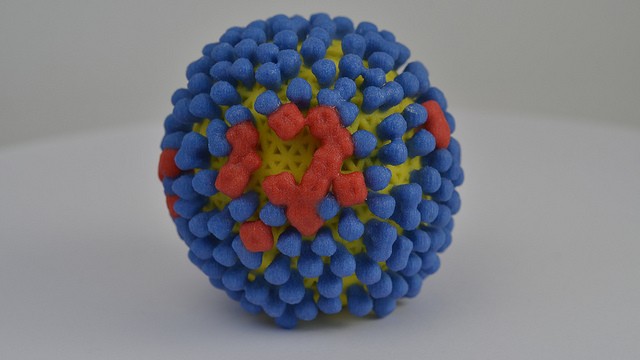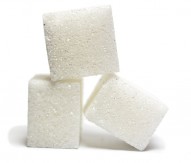
EMBL researchers navigate influenza virus machine
Scientists looking to understand and potentially thwart the influenza virus have now gone for a full ‘factory tour’ thanks to the first complete structure of one of the flu virus’ key machines.
The structure, obtained by scientists at the European Molecular Biology Laboratory (EMBL) in Grenoble, France, allows researchers to understand how the virus machine works as a whole. The work is being seen as instrumental in designing new drugs to treat serious flu infections and combat flu pandemics. The research was led by Stephen Cusack who received an Advanced Investigator grant from the European Research Council and project also received money from the EU-funded project FluPHARM.
The machine in question, the influenza virus polymerase, carries out two vital tasks for the virus: it makes copies of the virus’ genetic material (the viral RNA) to package into new viruses that can infect other cells and it reads out the instructions in that genetic material to make viral messenger RNA, which directs the infected cell to produce the proteins the virus needs.
Using X-ray crystallography performed at the European Synchrotron Radiation Facility (ESRF), Cusack and colleagues were able to determine the atomic structure of the whole polymerase from two strains of influenza: influenza B, one of the strains that cause seasonal flu in humans, but which evolves slowly and therefore isn’t considered a pandemic threat; and the strain of influenza A, the fast-evolving strain that affects humans, birds and other animals and can cause pandemics, that infects bats.
Experiments reveal that that the structures show how the polymerase specifically recognises and binds to the viral RNA, rather than just any available RNA, and how that binding activates the machine. They also show that the three component proteins that make up the polymerase are very intertwined, which explains why it has been very difficult to piece together how this machine works based on structures of individual parts.
Although the structures of both viruses’ polymerases were very similar, the scientists found one key difference, which showed that one part of the machine can swivel around to a large degree. That ability to swivel explains exactly how the polymerase uses host cell RNA to kick-start the production of viral proteins. The swivelling component takes the necessary piece of host cell RNA and directs it into a slot leading to the machine’s heart, where it triggers the production of viral messenger RNA.
Further details of the study are published in two papers in Nature.




